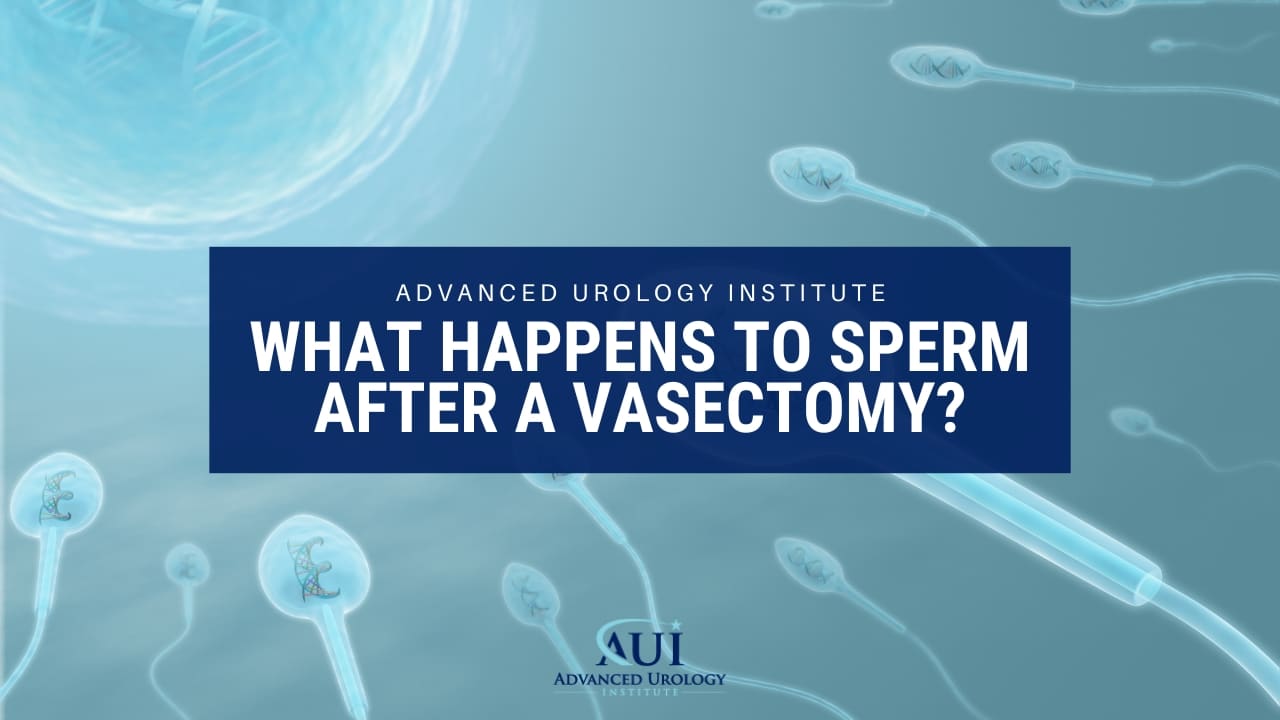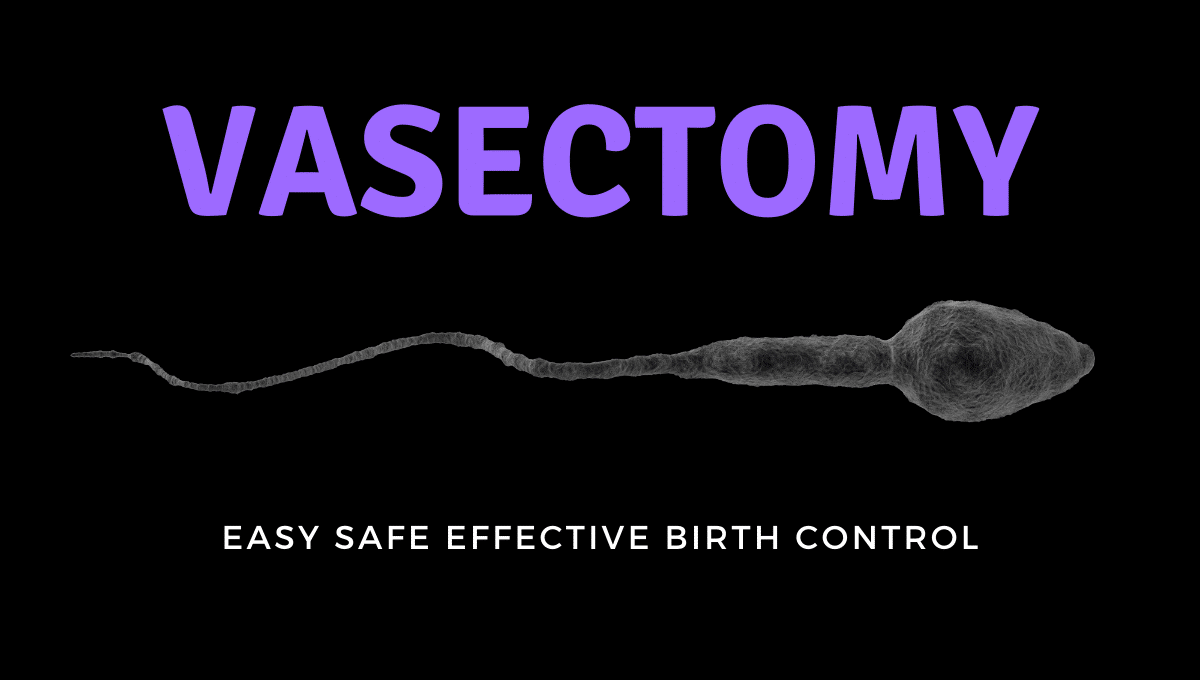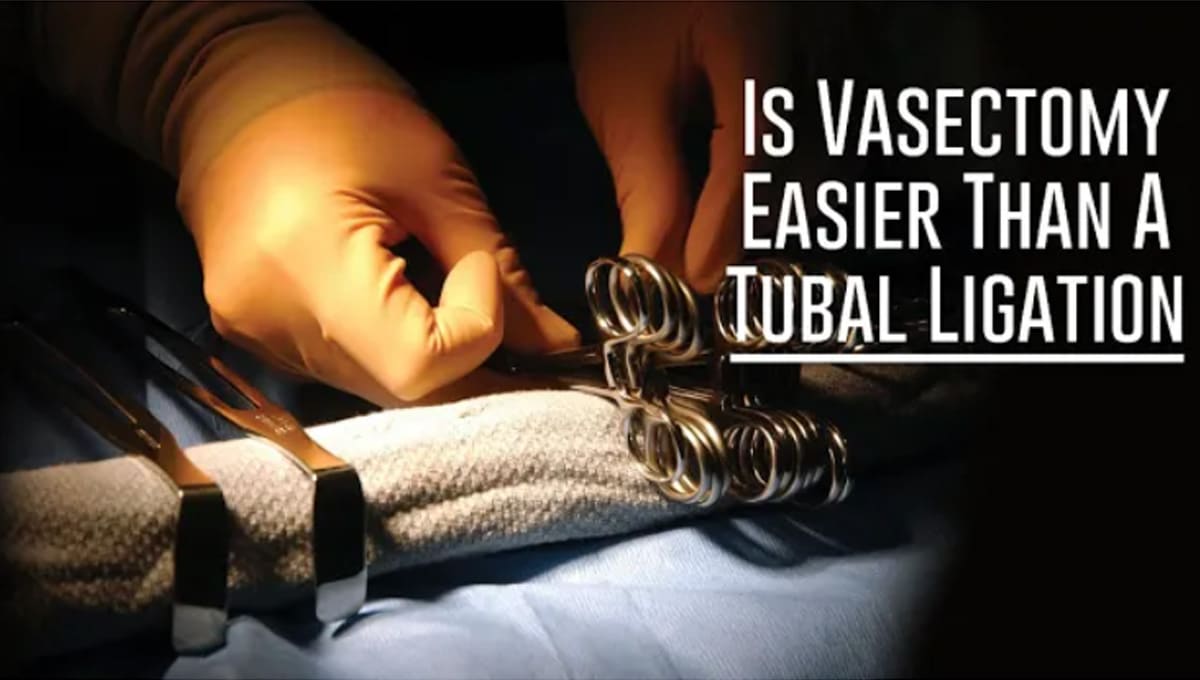Exploring vasectomy and the full implications is crucial when making the decision to have the surgery says Dr. Epstein of St Augustin, FL.
Continue readingWhat is National Men’s Health Month and why is it important for men’s health?
National Men’s Health Month (NMHM) is an annual observance in June to bring awareness to the overall health and well-being of men.
Continue readingHow Vasectomy Can Affect Your Sex Life: What You Need to Know
For those considering this procedure, it is important to understand that a vasectomy can have an impact on a man’s sex life. This article will discuss what a vasectomy is, how it can affect a man’s sex life, and some advice and tips for those considering this procedure.
Continue readingThe Long-Term Effects of Vasectomy: What You Need to Know
While men may know that a vasectomy will prevent them from being able to have biological children, there are other important facts pertaining to its long-term effects that men need to know before making this decision.
Continue readingVasectomy Alternatives: What Are Your Options?
Vasectomy is the most common form of male sterilization and is a popular choice for couples who have completed their families. However, there are other alternatives to vasectomy, choices people might not be aware of.
Continue readingHow to Recover from a Vasectomy: Tips and Advice
It is very important for those who have had a vasectomy to do the necessary steps for recovery in order to avoid any further complications. This includes consulting with a medical professional before the procedure, having a clear understanding of the risks, and following the doctor’s instructions.
Continue readingDebunking the Top 5 Vasectomy Myths
It is no surprise then that so many questions and myths about vasectomies exist. This article debunks five of the most common vasectomy myths with evidence from clinical studies. With accurate information and knowledge that vasectomies are a safe, effective and long-term option, men can make an informed decision.
Continue readingVasectomy and Age: Is There Right Time To Get the Procedure?
What happens to sperm after a vasectomy?
Can you still have an orgasm after vasectomy?
What is Vasectomy Recovery Like?
Vasectomy or Tubal Ligation: Which One to Choose According to Dr. Yaser Bassel?
How effective is a vasectomy reversal?
My name is Yaser Bassel. I’m a board certified urologist with Advanced Urology Institute.
When we counsel patients before they get a vasectomy, we do tell them that this is considered a permanent form of sterilization. However vasectomies can be reversed. The vasectomy reversal process is typically one that is not covered by insurance so it can be expensive but it is possible and typically with seventy-five to eighty percent (75-80%) success rates. [While], I do not personally perform the vasectomy reversals themselves, I do have a partner that specializes in that area. So if that is something men are interested in, that is something that is offered by our practice.
Vasectomy: Easy Safe Effective Birth Control
As a permanent method of birth control, vasectomy has been around for decades with good results. Today it is performed as a routine procedure with over 500,000 operations done in the United States each year.
During the procedure, the vas deferens (the duct that carries sperm from the testicles to the urethra) is cut or blocked to prevent sperm from being released during ejaculation. Sperm must travel from a man’s testicles to the urethra for pregnancy to occur during sexual intercourse, and blocking this passage is what makes vasectomy an effective method of birth control.
How is a vasectomy performed?
 A vasectomy is an outpatient procedure that must be performed in a medical facility or in a doctor’s office. In one technique, the urologist makes two small incisions on either side of the scrotum in order to gain access to the vas deferens. In another technique, the urologist makes one small incision to access both tubes. After accessing the tubes, the doctor cuts and seals them and then adds stitches if necessary. Doctors perform vasectomy under local anesthesia, making it as painless as possible. The procedure takes 10-20 minutes and the patient is free to go home immediately.
A vasectomy is an outpatient procedure that must be performed in a medical facility or in a doctor’s office. In one technique, the urologist makes two small incisions on either side of the scrotum in order to gain access to the vas deferens. In another technique, the urologist makes one small incision to access both tubes. After accessing the tubes, the doctor cuts and seals them and then adds stitches if necessary. Doctors perform vasectomy under local anesthesia, making it as painless as possible. The procedure takes 10-20 minutes and the patient is free to go home immediately.
Recovery from the operation is easy. Your doctor will give you clear instructions which, if followed, will allow you to get back to normal in a few days. To ensure a quick recovery, you will need to apply cold packs to the area for 12-48 hours and lie on your back as much as possible. Wearing comfortable underwear or a jockstrap will protect the area. It is common to have mild discomfort, bruising and swelling of the scrotum for a few days after a vasectomy. In case of persistent and considerable pain, contact your doctor for advice. Unless your job is strenuous, you can return to work in 1-2 days. However, you must avoid heavy lifting for at least a week to avoid aggravating the wound.
How effective is vasectomy?
Vasectomy boasts of a better success rate than even the most effective forms of female contraception. The chance that a vasectomy fails (and a man impregnates his partner after the operation) is anywhere from 0.3% to 9% in the first six months after surgery. This is usually because it will take a few months for semen to be fully without sperm. Doctors suggest using another method of birth control such as condoms until follow-up analysis of semen shows zero sperm. But after this initial period, the failure risk of vasectomy drops to between 0.04% and 0.08% (about 1 in 2000). In comparison, the failure rate of intra-uterine device (IUD) is 0.2% to 0.8% while that of tubal ligation is nearly 1% during the first year after the procedure. Therefore, vasectomy is not only the best birth control method for men, but also one of the best overall.
Easy, safe and effective birth control
Vasectomy is a safe and low-risk way a man can take on the medical responsibilities of family planning. Whether you want to commit to a child-free life or do not want any more children, vasectomy is a long-term, discreet, 10-20 minute procedure with no danger to your hormonal balance and sex life. It is safer than common forms of contraception for women and recovery is quick and easy. Although this procedure should always be considered a permanent change, the success rate for vasectomy reversals is between 40% to 90% depending on how the original procedure was performed. If you decide that you do not want any more children, this procedure is worth discussing with your doctor. For more information, visit the Advanced Urology Institute website.
Is Vasectomy Easier Than A Tubal Ligation
Both a vasectomy and tubal ligation are minor surgical procedures done to prevent pregnancy. A vasectomy is performed on men. During the procedure, the vas deferens, which are the two tubes through which sperm is transported into the ejaculatory duct during ejaculation, are cut or closed off to prevent the release of sperm when a man ejaculates.
Tubal ligation is the equivalent of vasectomy for women. It involves cutting or sealing off the fallopian tubes. The fallopian tubes are the path through which the egg produced by the ovaries travels to the womb. When the tubes are cut or sealed, the egg cannot travel to meet the sperm. This means that fertilization never happens and no pregnancy results.
Comparing Vasectomy and Tubal Ligation.
1. Procedure
 During a vasectomy,the urologist makes two tiny incisions on the scrotum, pulls out the vas deferens and snips them and ties the individual ends. For tubal ligation, the doctor makes an incision in the patient’s abdomen to reach the fallopian tubes. The tubes are then cut and closed off. Or the tubes can be left uncut and closed off using a clip or a band.
During a vasectomy,the urologist makes two tiny incisions on the scrotum, pulls out the vas deferens and snips them and ties the individual ends. For tubal ligation, the doctor makes an incision in the patient’s abdomen to reach the fallopian tubes. The tubes are then cut and closed off. Or the tubes can be left uncut and closed off using a clip or a band.
While both procedures qualify as minor surgeries, a tubal ligation is a little more invasive. It involves larger incisions and the risk of interfering with other internal organs is significantly higher. On this score, a vasectomy seems a better option.
2. Cost of Procedure
Tubal ligation takes longer. It takes more work to complete than a vasectomy. Additionally, a tubal ligation requires the use of general anaesthetic to a greater extent than a vasectomy. For these reasons, it is more expensive.
3. Risks and Side Effects
Although both procedures have side effects, it must be said that serious complications rarely arise from either procedure.
A vasectomy may cause some bleeding and a little pain in the scrotum. There is a risk of infection but because the incisions are usually so small, the risk is minimal. A tubal ligation, on the other hand, has an increased risk of infection. There is also a greater risk of injury to internal organs because fallopian tubes are located inside the body, unlike the scrotum. After the surgery, the woman may have bleeding in the abdomen.
Based on the general criteria, vasectomy is said to be preferred to a tubal ligation. The choice, however, should always be made by the couple involved after they have weighed the choices and their personal circumstances. The advice of a trained urologist can help make the decision process easier. The staff of experts at Advanced Urology Institute are experienced in helping with consultations, planning and doing both procedures. For more information, visit the Advanced Urology Institute website.





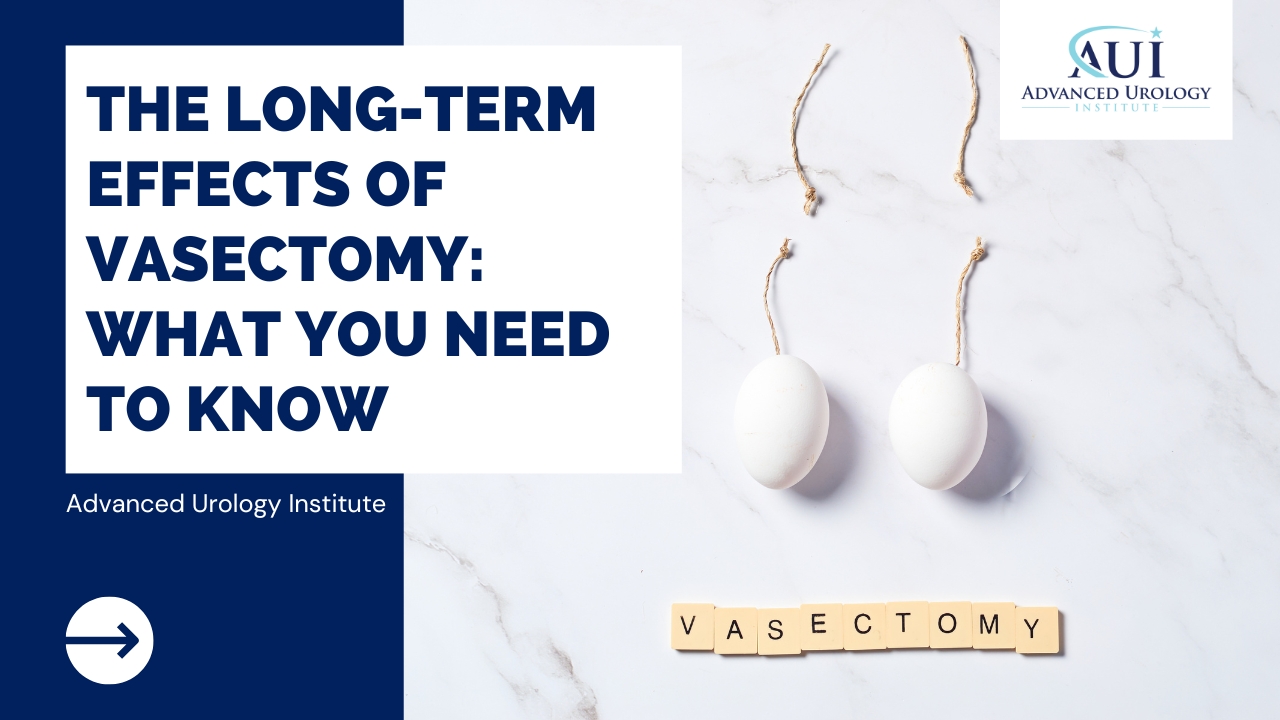

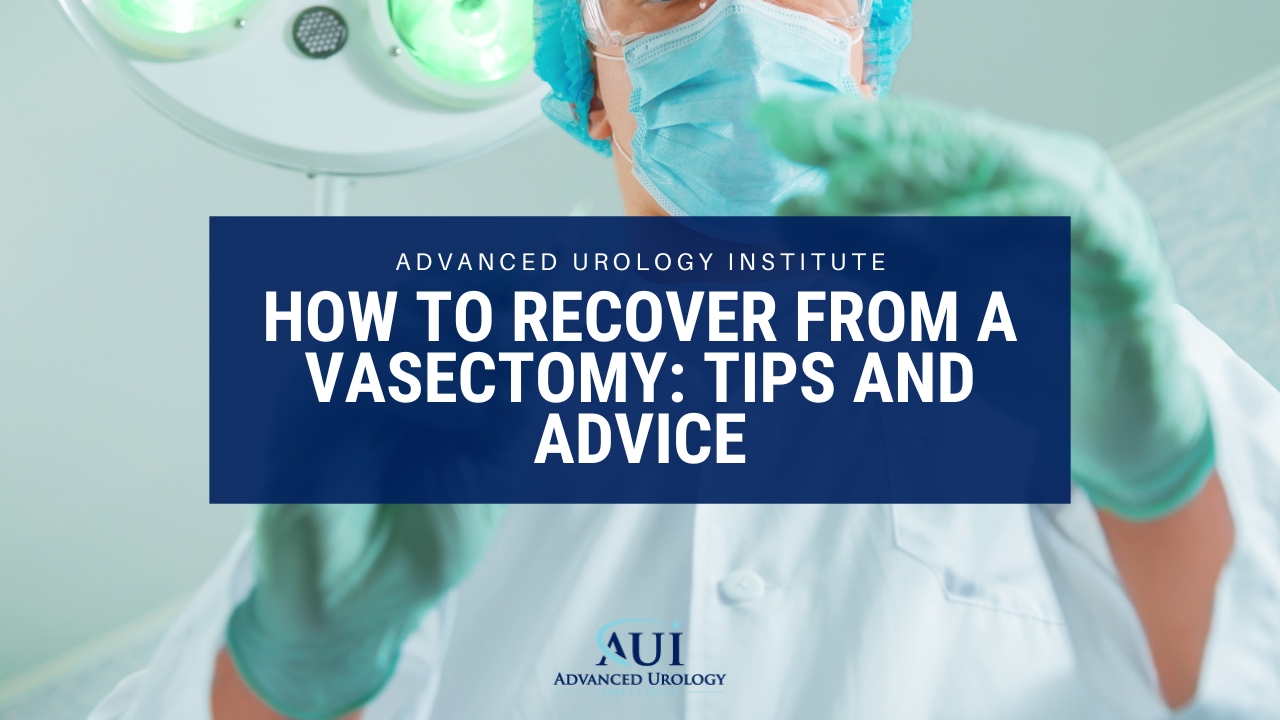


 Vasectomy is a permanent form of birth control that prevents a man from fathering biological children. The question of when to undergo the procedure is a personal one and there is no right time or age. However, on average, men tend to get the procedure at 35 years or older. It is important to note that a
Vasectomy is a permanent form of birth control that prevents a man from fathering biological children. The question of when to undergo the procedure is a personal one and there is no right time or age. However, on average, men tend to get the procedure at 35 years or older. It is important to note that a 